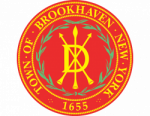The Town of Brookhaven has released its first proposed map to reapportion the Brookhaven Town Council.
Last week, the town’s appointed bipartisan redistricting committee disbanded after failing to adopt an official map for the six council districts. Without a recommendation from the committee, the Town Board is now responsible for redrawing the district lines.
Following the dissolution of the redistricting committee, Brookhaven Town Supervisor Ed Romaine (R) met with the six representatives on the Town Council to discuss their priorities for the new map.
Jack Krieger, the town’s communications director, offered a statement outlining the methodology used to arrive at this new proposal. The supervisor could not be reached for comment.
“Over the course of the last several months, more than a dozen public hearings were held across the town by the Brookhaven Redistricting [Committee] in an open, transparent and public process,” Krieger said. “At these meetings, in emails to the [committee], and in local media, numerous residents, civic associations and community leaders voiced their concerns and opinions as to what newly created districts should include, and what they should not.” The communications director added, “The map that will be voted on includes numerous elements from these suggestions.”
In an exclusive interview, Councilmember Jonathan Kornreich (D-Stony Brook) offered some points he raised during his conversation with the supervisor.
“The supervisor outlined a couple of his priorities, like keeping communities together and making as few changes as possible,” Kornreich said. “Another one that he expressed, which I didn’t happen to agree with, was getting as close to zero [percent deviation] as possible.” The councilmember added, “As long as it’s legal, as long as it’s within the tolerance, that [zero deviation] is just not as important to me. The other criteria are more important.”
One of the reasons for the outpouring of public resistance throughout the committee hearings was a general fear of dividing communities of interest across political boundaries and consequently diluting their voting power, leading to possible gerrymandering.
Krieger defended the new map in his statement, arguing that it “reduces the number of hamlets that are split between districts of multiple council members, has substantially equal populations with the least possible deviation, and contains clear and readily identifiable boundaries.” He added, “The map makes only minimal changes to accomplish this, with 90 percent of residents seeing no change in the district in which they live.”
Kornreich also addressed the public’s concerns. He said the debate surrounding his district, Council District 1, has been about defending the integrity of communities rather than advancing the interest of a particular party.
“This whole thing of me trying to defend the integrity of my council district was never a political effort,” he said. “It was a bipartisan civic effort. The people who had my back in this were as Republican as they are Democrat.”
Residents will again have an opportunity to weigh the redistricting plans during a public hearing on Thursday, Sept. 29, at Brookhaven Town Hall. The hearing will begin at 5 p.m.

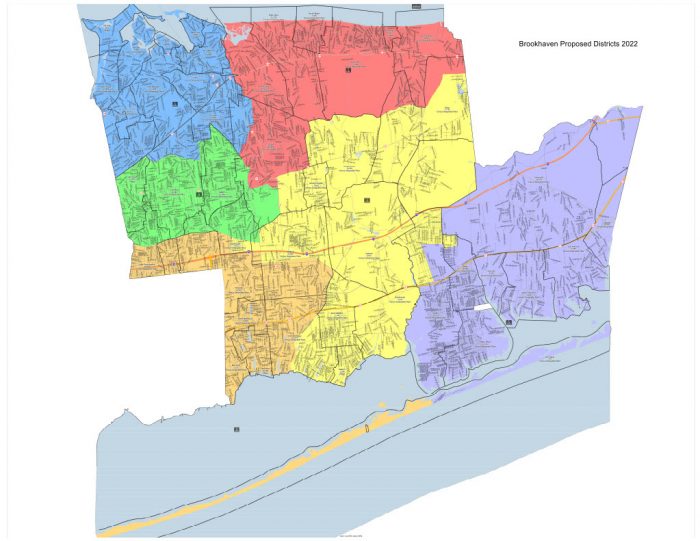




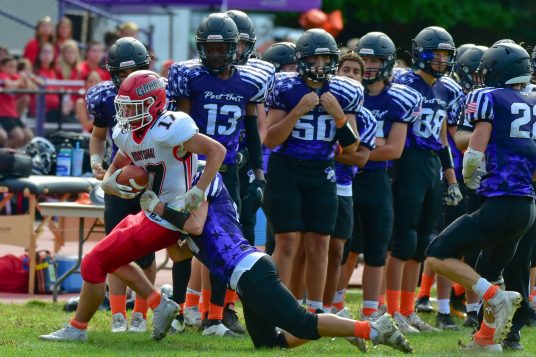













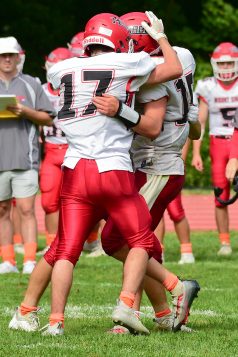




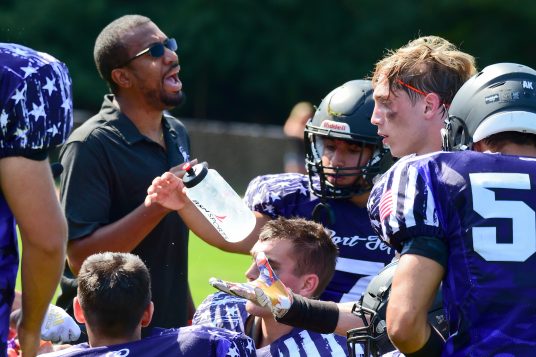
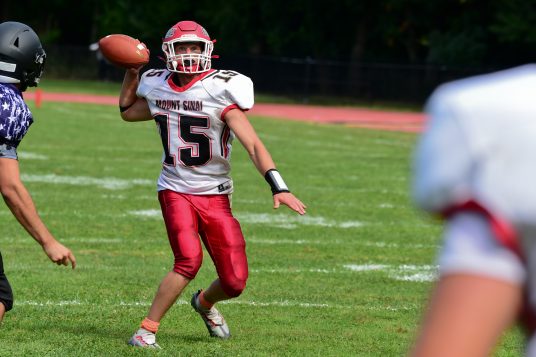














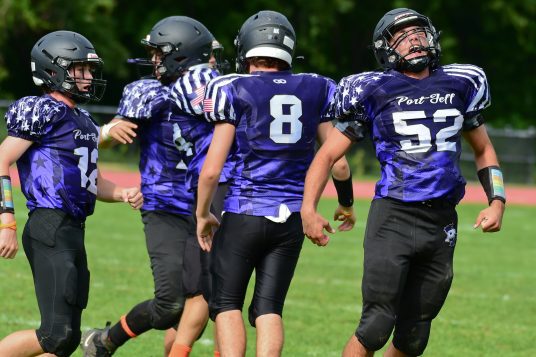

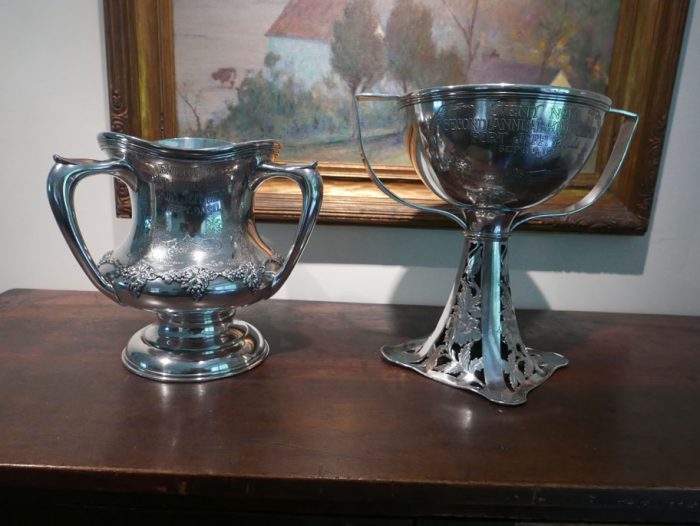
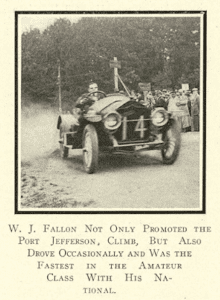

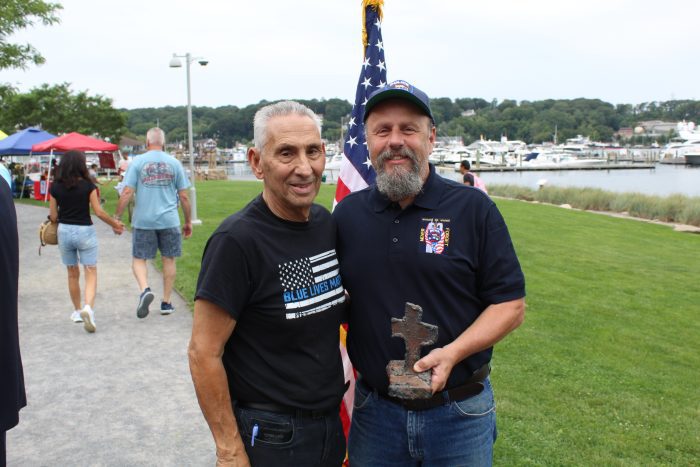
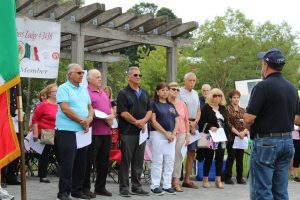 Anthony Rotoli Jr., president of the lodge, explained the intent of the memorial service. For lodge members, it is an annual reminder of the sacrifices and heroism of first responders who risked their lives in the line of duty. It is also a way to honor the many lost on that fateful occasion.
Anthony Rotoli Jr., president of the lodge, explained the intent of the memorial service. For lodge members, it is an annual reminder of the sacrifices and heroism of first responders who risked their lives in the line of duty. It is also a way to honor the many lost on that fateful occasion. 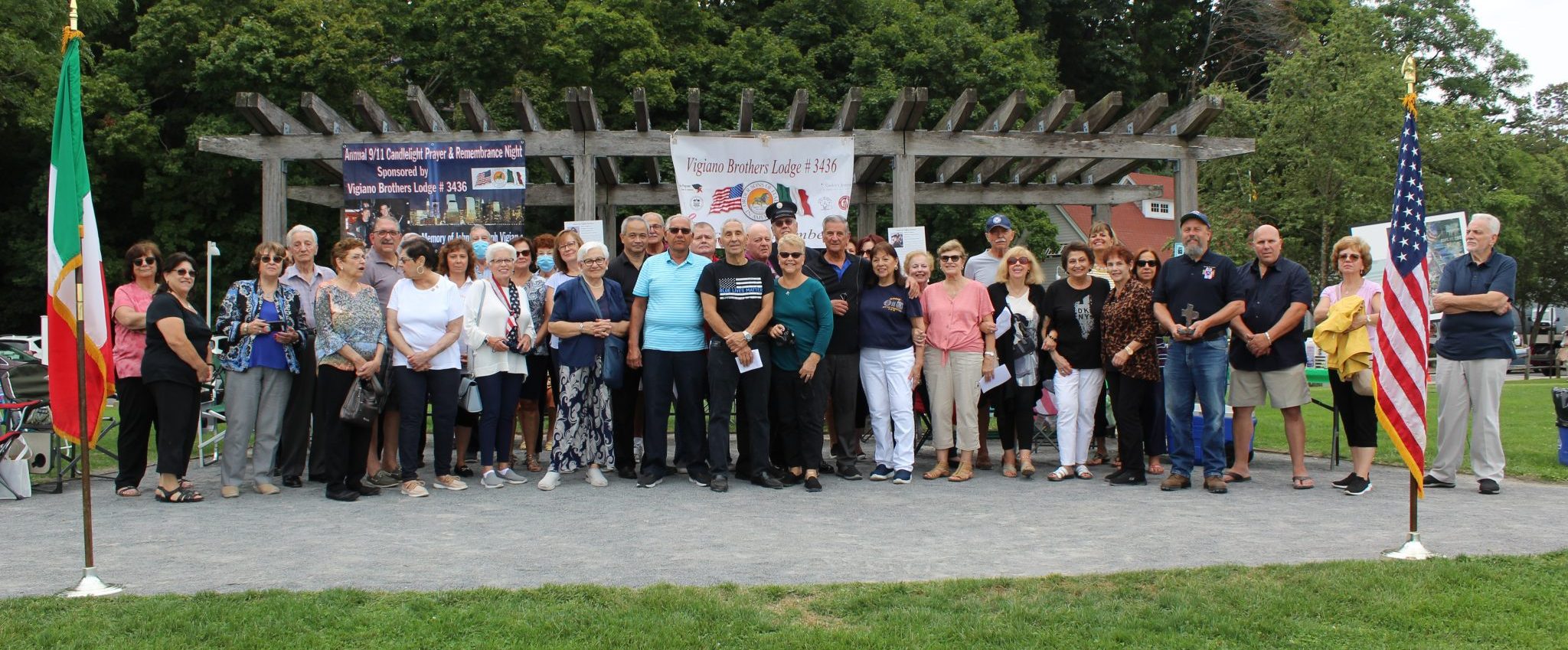 Larry Johnston, one of the attendees, served with Joseph Vigiano as a patrol officer. He remembers Joseph’s dedication to his profession and his commitment to public service.
Larry Johnston, one of the attendees, served with Joseph Vigiano as a patrol officer. He remembers Joseph’s dedication to his profession and his commitment to public service.




